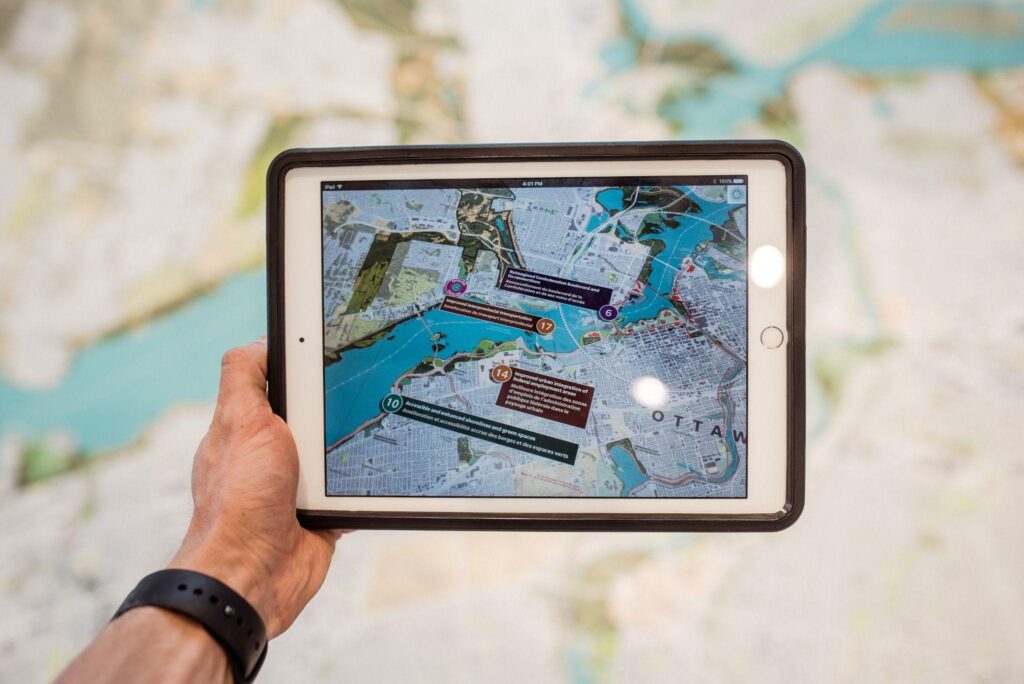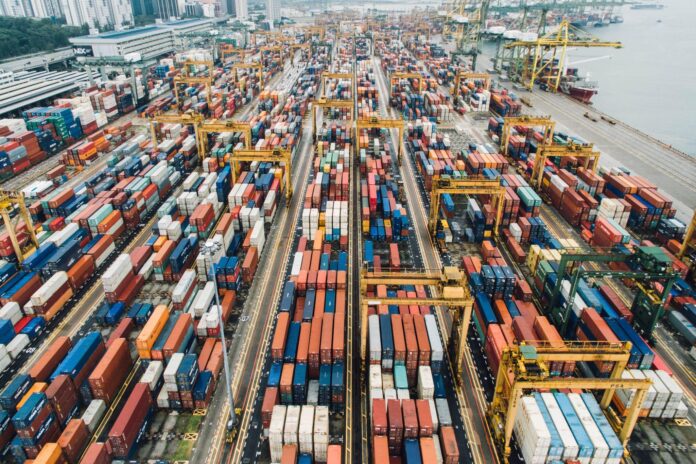Proper logistics management is crucial to the success of the supply chain and ensuring customer satisfaction. This is especially important when high-value goods such as automobiles are involved. Customers want top-notch service, where their goods are delivered on time and in good shape. With the changing trends in customer needs and expectations, old logistics methods can’t meet today’s demands.
That’s why auto logistics service providers can’t afford to miss modern tech that has a higher chance of enabling them to match today’s consumer needs. Successful auto logistics requires transparency, reliable and efficient communication, correct vehicle identification, and location monitoring. Technological growth has helped revolutionize how these logistical tasks are done ensuring efficiency and transparency. Read on to learn more about them.
1. Barcode, OCR, and RFID for Auto Identification
The manual processes involved in identifying automobiles take a lot of time and are prone to human error. These challenges almost always result in backlogs and delayed transportation of vehicles to their desired owners. This delay means that vehicles don’t reach the owners as planned and customers will be disgruntled.
That’s why automatic identification technologies such as Optical Character Recognition (OCR), radio-frequency identification (RFID), and Barcodes are the game changers in this important auto logistics task.
These technologies automate the data collection of a vehicle and its transmission removing the need for physical contact, manual identification, and reporting. For instance, it’s no longer necessary to have human resources identifying vehicles. Instead, each changing position (e,g at loading and offloading ships) can have gates installed with RFID technology to read vehicle information as it passes through. In such a case, each vehicle will then require to be installed with RFID tags.
These automatic vehicle identification systems are highly accurate, speedy and integrate seamlessly with other supply chain technology. They also eliminate the cost and delays associated with human error. For instance, it’s easy to determine if each vehicle is loaded onto the right ship.
2. Wireless Local Area Network (WLAN) and Mobile Technologies for Communication
After collecting the data about vehicle identity and its location, it’s helpful when that information can be transmitted quickly. In this case, the customer and suppliers stay abreast with the progress of vehicle delivery. This aspect of logistics is now easily achievable thanks to advanced internet connectivity and mobile communication networks. Wireless LAN networks ensure anyone can access information through the internet. Similarly, mobile communication systems enable constant coordination via cell phones. Each mode of communication is essential for different scenarios and works well to supplement each other to ensure no breakdown in communication at any point.
It’s also impossible to talk about communication without mentioning the Internet of Things (IoT). It encompasses technologies such as cloud services that connect various logistics systems through the internet. Connectivity streamlines communication, monitoring, and collaboration. Consequently, this interconnection of supply chain touchpoints boosts visibility and ensures information flow and transparency that’s crucial in successful auto transportation.
3. Global Navigation Satellite and Terrestrial Systems for Tracking Vehicle Location

In most cases, vehicle delivery involves inter-continental transportation. Logistics companies are tasked with overseeing the delivery of a vehicle from one continent to another, sometimes crossing different continents to reach the desired destination. Different methods of transport can be used. But one key requirement for the peace of buyers and suppliers to reign is the visibility of the vehicle while in transit.
Some decades ago, even sending messages between a shipment location and another was a hurdle. But because of today’s technology, consumers can know the status of their goods at any time.
Today, an auto logistics provider can collect data about the location of a vehicle in real-time and give reliable updates to the consumer. Two major technologies behind this breakthrough are terrestrial systems such as COO, LoRa, and BLE and global geopositioning satellite systems such as GPS, Galileo, and GLONASS. These compute the location of the goods in transit and send data to computer systems. It becomes easy for suppliers to track and determine where the vehicles are while in transit. They can also share updates with the consumer.
4. Artificial Intelligence (AI) and machine learning
The latest development in auto logistics technology is artificial intelligence and machine learning. It’s the tech breakthrough behind automation and simply gives machines the intelligence to handle laborious and repetitive tasks thus freeing human workers for more engaging work.
AI and machine learning play various assistive and control functions in auto logistics. They include:
- Data processing, analysis, and reporting to aid decision-making—vehicle data collected through location and automatic identification systems is complex and laborious for human analysts. Fortunately, it’s possible to feed this data into AI systems that automatically sort, analyze and compile it into valuable insights.
- Digital vehicle inspection—automated systems that run on AI and computer vision to detect vehicle damage thus improving the quality and efficiency of the damage detection process and speeding the inspection process
- Monitoring at various stages of the supply chain including warehouse management and reporting, load carrier tracking, vehicle tracking and monitoring at the mobile gates, planning and scheduling at the executive level, among others.
Artificial intelligence is gaining traction in auto logistics for its benefits. In the above areas, AI minimizes human error, saves time, and improves throughput. Automating processes also reduces costs. By utilizing these technologies, the entire process is becoming more streamlined, accurate, and user-friendly for all parties involved.
















